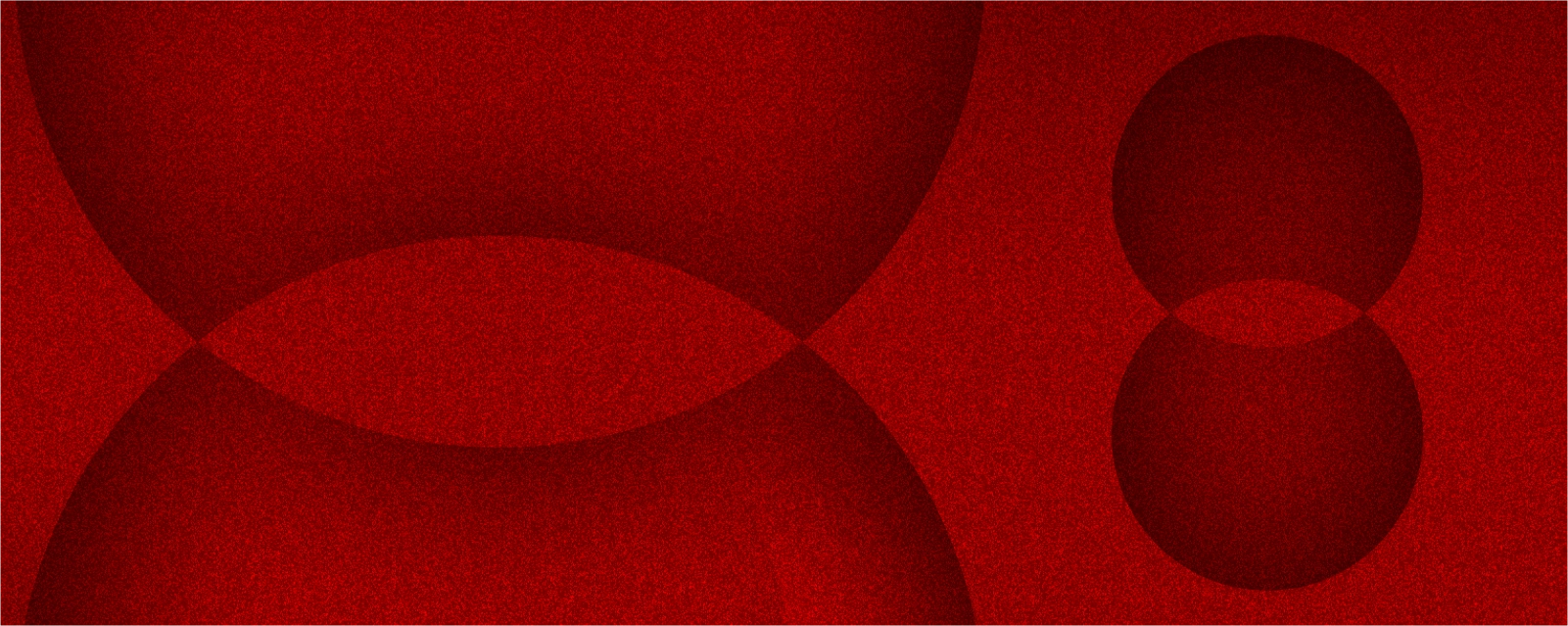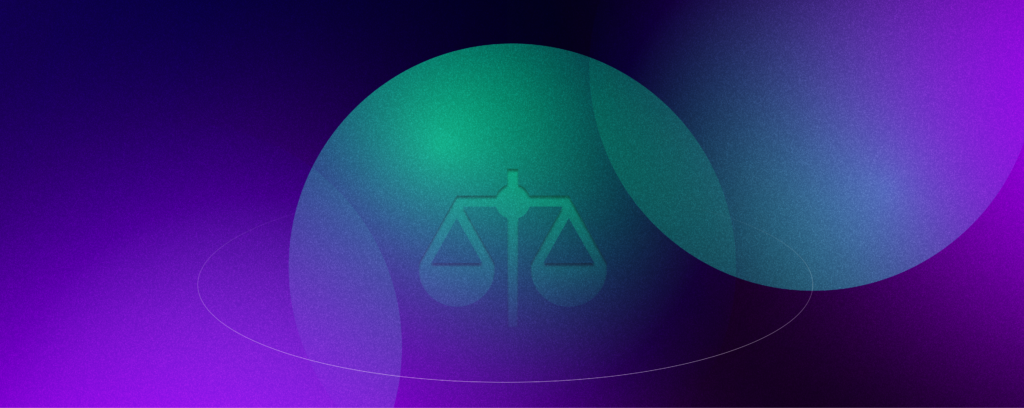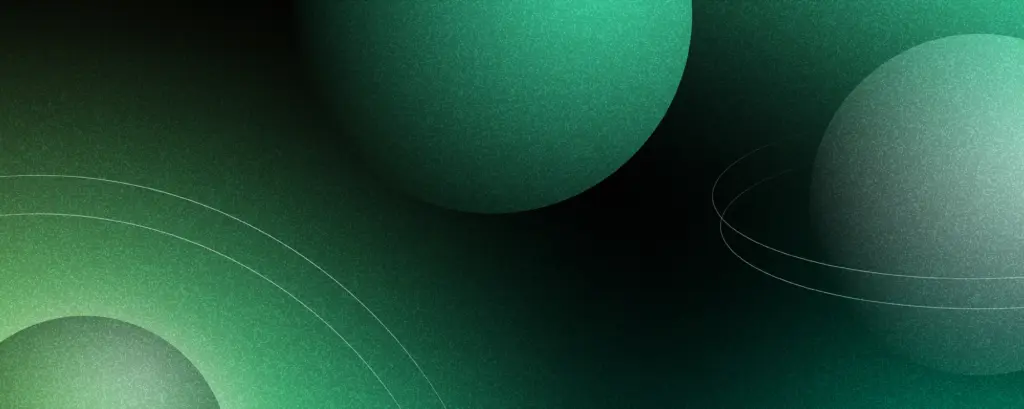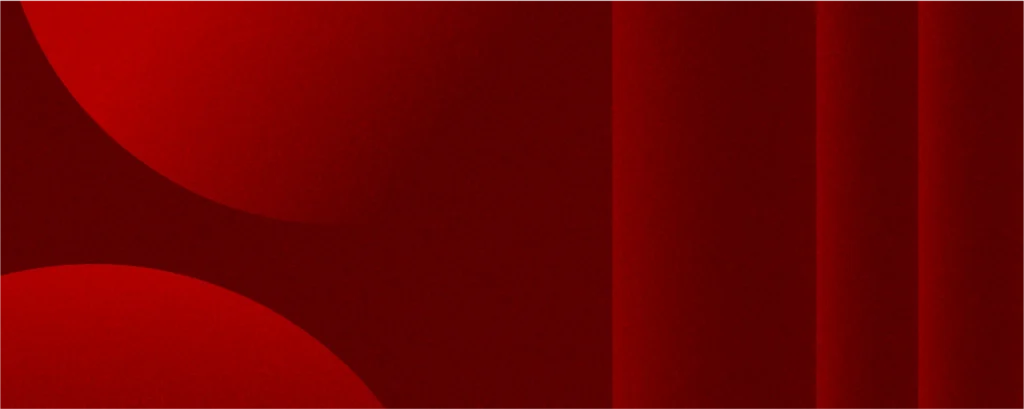September 19th, 2022 | by CSHARK
What Does a Product Designer Do - Skills and Overview

Table of contents
There are 3 core types of design when talking about Product Design: interface design, system design, and process design.
Each of those plays a different role in user experience. To come up with those is the main responsibility of a product designer.
If you wish to further explore the product designer position, you’re in the right spot. Let’s go!
What is product design?
Product design had its beginnings in industrial design. Since then, the notion was used to describe the practice of designing products used by millions of people.
We may say that product design is the process of imagining and creating products that address the specific needs of users and solve their problems.
It’s a process of blending business goals and user needs into one, seamless solution.
Who is a product designer?
Simply said, a product designer is a creative person using different tools to create and execute a solution that solves UX problems.
In the general consensus, product designers are responsible for the product creation process, taking into account the user needs, and the overall experience of the product. They want to provide the best user experience while maintaining business objectives and product management goals.
A product designer has a couple of different deliverables for his work. They include:
- Journey maps – highlighting the user journey, including emotions they can feel to help identify possible pain points and opportunities.
- Wireframes – low-fidelity mockups that draft the solution for testing and serve as a blueprint for high-fidelity designs.
- Prototypes – mockups created for testing.
- High-fidelity design – the final mockups of the design resembling the final product.
Fun fact: In various companies, a product designer can be called differently depending on the type of company, its size, and its diversity. Among them are:
- User Interface Designer (UI Designer)
- User Experience Designer (UX Designer)
- Information Architect
- Customer Experience Architect
- Interaction Designer
What does a product designer do? Key responsibilities of a product designer
A good product designer has multiple competencies. Apart from creating prototypes, mockups, and user journey maps, they help to discover and define the problem to come up with the possible solution for it.

Product designers interact with clients to discuss the design concept, production criteria, and expected performance. But that’s not all. What else do they do? Keep on reading.
-
Market and user research
You can’t solve users’ problems without understanding their needs first. Product designers often conduct extensive market research before starting the creative process. They not only need to understand the product’s goals, users’ needs, and pain points but also use a psychological approach to dive deeper into the thinking process.
-
Product ideation
Product ideation means putting the research to work and figuring out how to transform the idea into a working product. This step includes determining user personas, naming the challenges they face, and storyboarding the possible solutions.
-
Wireframing
Wireframing helps to create a visual concept of the digital product. They’re rather basic and meant to present the UX and UI features rather than the design itself. Wireframes are used as a base for the next steps of the product design process.
-
UX & UI design
As previously mentioned, product designers come up with user journeys and stories to create the best, most intuitive interfaces. Each of them will be different depending on what is the primary goal of the product and what the designer wants to achieve.
-
Branding
Product designers often make use of their market experience in creating logos, fonts, colors, and images that can be used as company branding. However, it’s important to mention here that product designers only suggest the branding or help to define the overall style, but the rest of the design team has to bring it to life.
-
Copywriting
If research and design weren’t enough, some product designers also put on a copywriter hat and create content for the website or app they’re working on. They don’t work on any long forms but rather stick to short pieces that are closely related to UX design.
-
Testing
Testing is a crucial step in product development. It’s the stage that shows whether the product actually works. Product designers are also a part of the testing process, and they often work hand-in-hand with UX researchers to find the most effective testing method.
-
Communicating with other teams
The work of a product designer is connected to various disciplines and multiple teams. This means constant collaboration with other engineers as well as high-level executives. Product designers have to be able to communicate with both technical and non-technical audiences.
Tools used by product designers
Depending on the type of product, and personal preferences, product designers make use of various tools during the creative process, including:
- a simple pen and paper for sketching,
- physical or digital whiteboards,
- data analysis tools for research (UserBit, Otter.ai, FlowMapp),
- diagramming tools for visualizing user paths, product roadmaps, and information architecture,
- wireframing and prototyping tools for modeling and testing (Protopie, Marvel, Balsamiq),
- graphic design and CAD software (Figma, Adobe XD, Adobe Illustrator, Sketch),
- project management software for task management and progress tracking (Miro, Asana, Notion).
Product designer vs UX designer
Both product design and UX design place users in the center while applying the same design principles. They use the same tools and are based on market research.
But there are also some key differences: product designers want to make the process cost-effective, while UX designers aim for user-friendly. That of course doesn’t mean the product designer doesn’t care about the users, but rather focuses on the product’s value.
Additionally, product designers emphasize processes and branding while UX specialists want to give the most usability to the product. All in all, we can say that product designers have a wider range of responsibilities.
Top skills of a product designer
To become a product designer you have to possess some technical skills, which help to develop products, but also soft skills that aid in communication with other parties involved in product creation.
-
Creative thinking
Creativity and critical thinking are the basic skills of product designers. They help them innovate, set trends, and create successful, one-of-a-kind, functional products.
-
Attention to detail
Attention to detail helps a great deal to satisfy clients’ needs. It encourages product designers to carefully examine every element of design, and ensure it’s the best it can be.
-
Design skills and knowledge
A must-have skill of any product designer that allows them to create viable designs.
-
Communication skills
Product designers are often great communicators and writers. Those skills help them to interpret clients’ requirements, as well as collaborate with other engineers.
-
Teamwork
This is strictly connected to the one above: product designers often collaborate with other designers and developers to build a functional product. Teamwork skills also help in gathering feedback and understanding project goals.
-
Problem-solving
Without problem-solving, there would be no product design as finding the right solution for user problems is the main focus of product design.
-
Critical thinking
Critical thinking allows designers to explore many ideas for products before bringing them to life. It also helps with applying user feedback and making the necessary changes.
-
Emotional intelligence and empathy
Product designers use emotional intelligence and empathy to build products that address the specific needs of users and feel specific emotions while engaging with a digital product.
Summary
After reading this post you now know that a product designer is a jack of all trades.
They have technical skills, they have soft skills. They are empaths and visionaries wanting to change the world. Market research, testing, product ideation – a product designer does it all!
And if you want to become one, start with gaining the relevant skills (if you don’t already have them), build a portfolio, take courses if needed, and apply for the role. Good luck!


